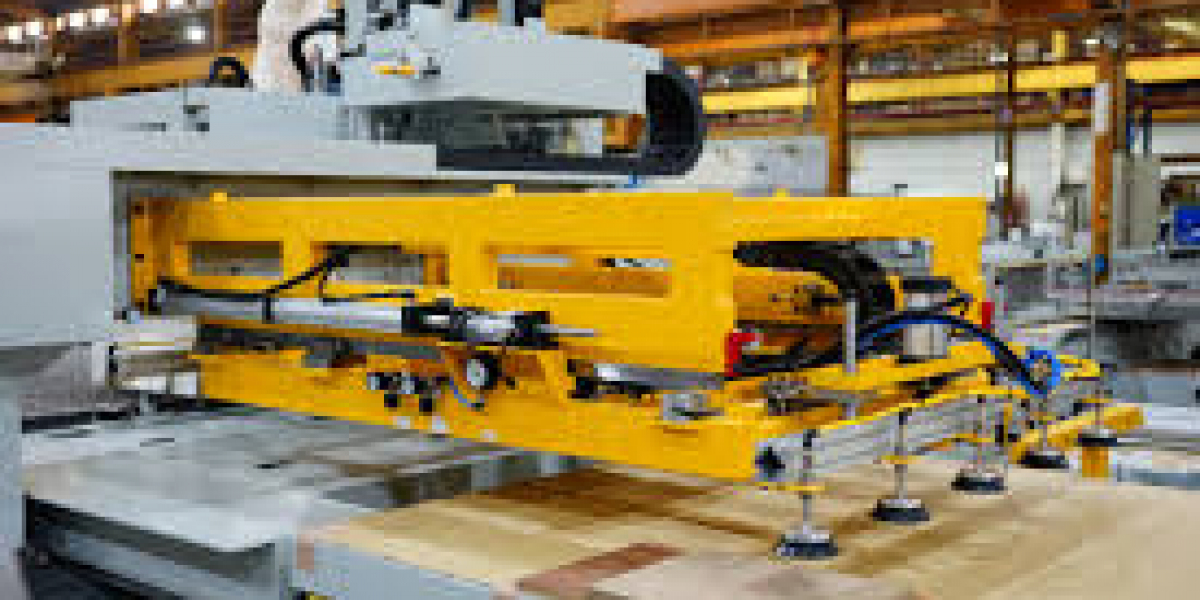Choosing between CNC machining and 3D printing depends on part geometry, material requirements, production volume, and functional performance.
Both technologies play vital roles in modern manufacturing, but their strengths and limitations differ significantly.
Whether you're prototyping, producing end-use parts, or scaling up for mass manufacturing, selecting the right process is critical to balancing cost, speed, and precision.
What Is CNC Machining?
CNC (Computer Numerical Control) machining is a subtractive manufacturing process.
It removes material from a solid workpiece using cutting tools controlled by computer-generated code (G-code). CNC machines include mills, lathes, routers, and specialized processes like custom wire EDM machining, which cuts using electrical discharge.
Key features:
High dimensional accuracy
Excellent surface finish
Tight tolerances (±0.001 mm possible)
Suitable for hard metals and engineering plastics
Ideal for both prototyping and production
CNC is widely used in aerospace, automotive, medical, and industrial equipment due to its ability to deliver structurally strong and geometrically complex parts with minimal post-processing.
What Is 3D Printing?
3D printing (additive manufacturing) builds objects layer-by-layer based on digital CAD data.
It creates parts without tooling by fusing materials—either thermoplastics, photopolymers, or metal powders.
Key technologies:
FDM (Fused Deposition Modeling): For plastics
SLA (Stereolithography): For high-resolution resins
SLS/DMLS (Selective Laser Sintering / Direct Metal Laser Sintering): For metals and polymers
Binder Jetting and PolyJet: For high-speed, multi-material printing
3D printing is commonly used in prototyping, low-volume production, medical implants, and consumer product design due to its design freedom and quick turnaround.
Comparison Table: CNC Machining vs. 3D Printing
| Feature | CNC Machining | 3D Printing |
|---|---|---|
| Manufacturing Type | Subtractive | Additive |
| Material Options | Broad (metals, plastics, composites) | Limited (material-specific by process) |
| Surface Finish | Excellent (Ra < 1.6 µm typical) | Layered, requires post-processing |
| Tolerances | Tight (±0.001–0.01 mm) | Moderate (±0.05–0.1 mm) |
| Internal Features | Limited (tool access required) | Excellent (complex geometries possible) |
| Strength | High (ideal for structural parts) | Varies (depends on print orientation) |
| Setup Time | Moderate (toolpath generation, fixturing) | Low (prepare file, print directly) |
| Turnaround Time | Fast (1–5 days) | Very Fast (1–3 days) |
| Ideal Use Case | Functional parts, tight tolerances | Prototypes, complex models, internal paths |
When to Use CNC Machining
Use CNC machining when your part requires mechanical strength, tight tolerances, or high-volume production scalability.
Best-fit scenarios:
Functional end-use parts: Especially where metal strength or heat resistance is needed
Tight fit assemblies: CNC enables precise dimensioning for mating parts
Repeatability: Ideal for production runs in aerospace, automotive, and robotics
Flat surfaces and smooth finishes: Milling and turning create excellent finish quality
Post-processed 3D prints: CNC is often used to refine or complete 3D printed parts
Example:
A titanium bracket with load-bearing requirements in an aircraft is machined using multi-axis CNC milling and custom EDM machining for fine internal cuts.
When to Use 3D Printing
3D printing is ideal when design freedom, speed, and low setup cost are the priority.
Best-fit scenarios:
Rapid prototyping: Validate designs in hours rather than days
Internal channels or undercuts: Additive excels at creating geometries not machinable by CNC
Low-volume parts: Cost-effective for 1–100 units without tooling
Lightweight parts: Lattice structures can reduce weight while retaining stiffness
Customized components: Dental implants, orthopedic guides, or custom enclosures
Example:
An ergonomic device housing with internal airflow channels is 3D printed using SLS to validate form and function before moving to CNC for functional final versions.
Cost Analysis: Which Is More Affordable?
Cost depends on the part design, material, and volume.
CNC Machining Cost Drivers:
Setup and fixturing
Material waste (subtractive process)
Tool wear and maintenance
Operator and programming time
Best for: Medium to high volumes where per-unit cost drops with scale
3D Printing Cost Drivers:
Material type (e.g., nylon is cheaper than titanium powder)
Print volume and duration
Post-processing needs
Equipment type (desktop vs. industrial)
Best for: One-off parts and rapid design iteration
For complex, low-volume metal components, a hybrid workflow may apply: use 3D printing for the core, then apply finishing via custom wire EDM machining or CNC milling to achieve final tolerances.
Design Considerations: Geometry and Complexity
CNC machining has tool access limitations.
If your part includes deep pockets, sharp internal corners, or organic lattice structures, CNC may struggle without multi-axis setups or EDM finishing.
In contrast, 3D printing allows unrestricted geometry, such as:
Organic curves
Hollow structures
Interlocking components
Overhangs and nested designs
However, CNC provides better consistency in parts with strict dimensional demands, especially in flat surfaces, precise holes, and edges.
Material Properties and Part Strength
CNC machining offers superior mechanical performance.
Machined parts retain the full strength of the parent material, making them suitable for dynamic or load-bearing environments.
3D printed parts, particularly those made with FDM or SLA, are often weaker along the Z-axis due to layer adhesion limitations. Metal 3D printing can approach forged part strength, but it requires post-processing and heat treatment to stabilize mechanical properties.
PEEK, titanium, stainless steel, and Inconel are better processed via CNC if strength and fatigue life are critical.
Environmental Impact: Material Efficiency
3D printing creates less material waste.
Since it builds only what’s needed, additive manufacturing is more efficient for expensive materials like titanium, PEEK, and specialty polymers.
CNC machining generates chips, which can be recycled but still represent higher raw material usage.
However, CNC remains superior in energy efficiency for short production cycles, particularly when high-speed spindles and dry-cutting strategies are used.
Hybrid Manufacturing: The Best of Both Worlds
In many workflows, manufacturers are combining both technologies:
3D print the rough geometry, then
CNC machine the critical surfaces, holes, or threads
This hybrid method reduces machining time, improves design flexibility, and maintains tolerance where it matters. It’s especially useful in mold tooling, aerospace brackets, and medical devices.
Summary: Which One Is Right for You?
| If you need... | Choose... |
|---|---|
| Tight tolerances, high strength | CNC Machining |
| Internal geometries, fast prototyping | 3D Printing |
| Surface finish, threaded holes | CNC Machining |
| Lightweight design with complex lattices | 3D Printing |
| Metal part with internal detail + accuracy | Hybrid (3DP + CNC) |
Final Thoughts
CNC machining and 3D printing aren’t competitors—they’re complementary tools in a modern manufacturer’s toolkit.
Understanding the strengths of each helps engineers make better decisions, optimize cost and performance, and deliver better products faster.
For high-precision parts requiring micron-level accuracy, strength, and surface integrity, CNC remains the gold standard.
If you're in early-stage design, need organic shapes, or low-quantity runs, 3D printing offers unmatched speed and flexibility.
For complex geometries requiring EDM finishing or hybrid setups, consider leveraging custom wire EDM machining to achieve superior internal detailing and dimensional accuracy.



